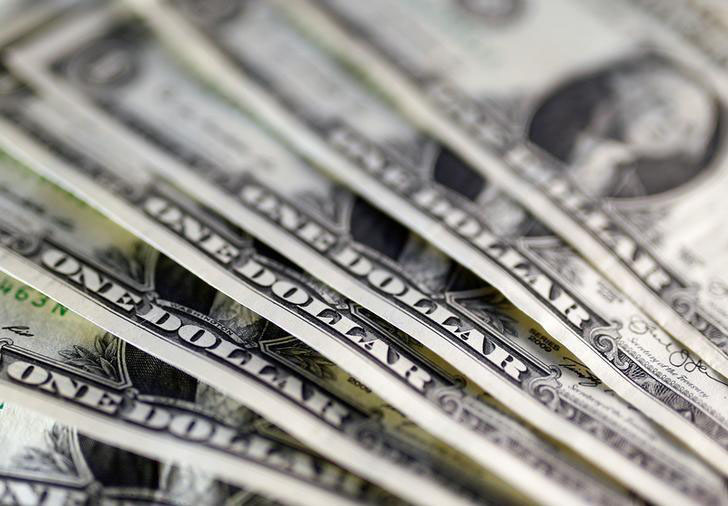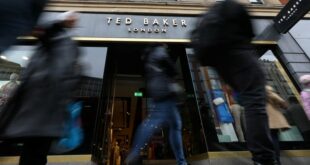
At a Glance
- Philippines’ net foreign direct investments (FDI) dipped 20.4% to $3.911 billion for the first six months versus $4.913 billion same time in 2022.
- The Bangko Sentral ng Pilipinas (BSP) on Monday, Sept. 11, says the “slowdown in FDI may be due largely to investor concerns over weak growth prospects amid persistent global uncertainties.”
- FDIs are equity capital, reinvestment of earnings, and borrowings.
- For the month of June only, net FDI inflows dropped 3.9% to $484 million from same time in 2022 of $503 million.
- For 2023, the BSP estimates that FDI will reach $9 billion.
The global economic slowdown in 2023 and 2024 continued to affect Philippines’ net foreign direct investments (FDI) which dropped to $3.911 billion in the first six months this year, lower by 20.4 percent compared to same period in 2022 of $4.913 billion, based on Bangko Sentral ng Pilipinas (BSP) data.
“The slowdown in FDI may be due largely to investor concerns over weak growth prospects amid persistent global uncertainties,” said BSP in a statement on Monday, Sept. 11.
FDIs, which are equity capital, reinvestment of earnings, and borrowings, as registered by the BSP are actual investment inflows which are “distinct from the investment data of other government sources.”
For the month of June only, net FDI inflows also fell 3.9 percent to $484 million from same time in 2022 of $503 million.
The BSP said the decline in the June net FDI was traced to the decline in non-residents’ net investments in equity capital other than reinvestment of earnings, and their reinvestment of earnings.
For the month of June, equity other than reinvestment earnings declined by 11.8 percent to $111 million from $126 million in 2022, while reinvestment of earnings dipped 26.8 percent to $89 million from $122 million.
Meanwhile, net investments in debt instruments in June increased by 11 percent to $283 million from $255 million in June last year.
Data showed the bulk of the equity capital placements in June came from investors in Japan, the US, and Singapore. About 54 percent of FDIs were invested in the manufacturing sector, while 15 percent and seven percent were in the real estate and information/communication industries.
As for the first half of the year, FDI net inflows which fell by 20.4 percent year-on-year, were mostly funds that came from investors in Japan, Germany, US and Singapore.
Of the January to June period, 54 percent of FDIs went to the manufacturing sector, 15 percent to real estate and 10 percent to the financial and insurance sector.
For the six-month tally, net investments in debt instruments declined by 24.6 percent to $2.708 billion from $3.594 billion in end-June 2022.
Net equity investments other than reinvestment of earnings also decreased by 7.3 percent to $744 million from $502 million. Reinvestment of earnings likewise dropped 11.2 percent to $459 million from $517 million.
For 2023, the BSP estimates that FDI will reach $9 billion by end-year. It also sees FDI further increasing to $11 billion by next year.
Last year, net FDIs decreased by 22 percent year-on-year to $9.366 billion from $11.983 billion in 2021.
FDI includes investment by a non-resident direct investor in a resident enterprise, whose equity capital in the latter is at least 10 percent, said the BSP. These are also investments made by a non-resident subsidiary or associate in its resident direct investor, it added.
In the second quarter this year, the country’s real gross domestic product (GDP) grew by 4.3 percent year-on-year, slower compared to 6.4 percent in the previous quarter and the 7.5-percent growth posted in the same period in 2022. This brought year-to-date growth to an average of 5.3 percent for the first half of 2023, lower than the six percent to seven percent target set by the inter-agency Development Budget Coordinating Committee.
The BSP has noted that “global growth outlook (is improving) but remains dominated by downside risks.” It also pointed to a “dampening effect of tight global financial conditions on aggregate demand” and that on balance, risks to global growth is too many to be optimistic.
The International Monetary Fund has recently revised its 2023 global economic growth projection to three percent from 2.8 percent. This is however still be below the annual average of 3.8 percent based on historical data of average global growth from 2000 to 2019, before the pandemic. — Lee C. Chipongian
 Atin Ito First Filipino Community Newspaper in Ontario
Atin Ito First Filipino Community Newspaper in Ontario





